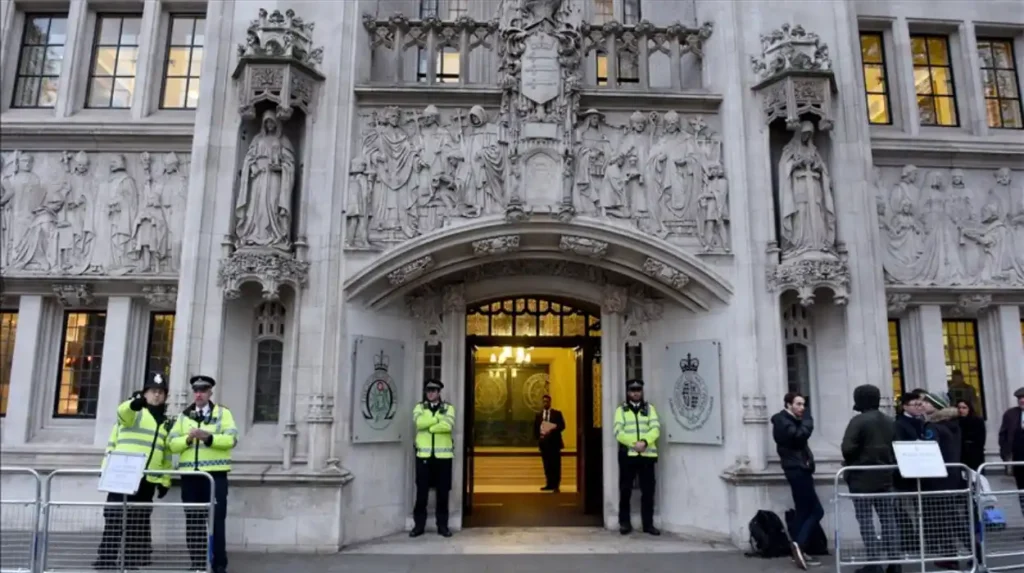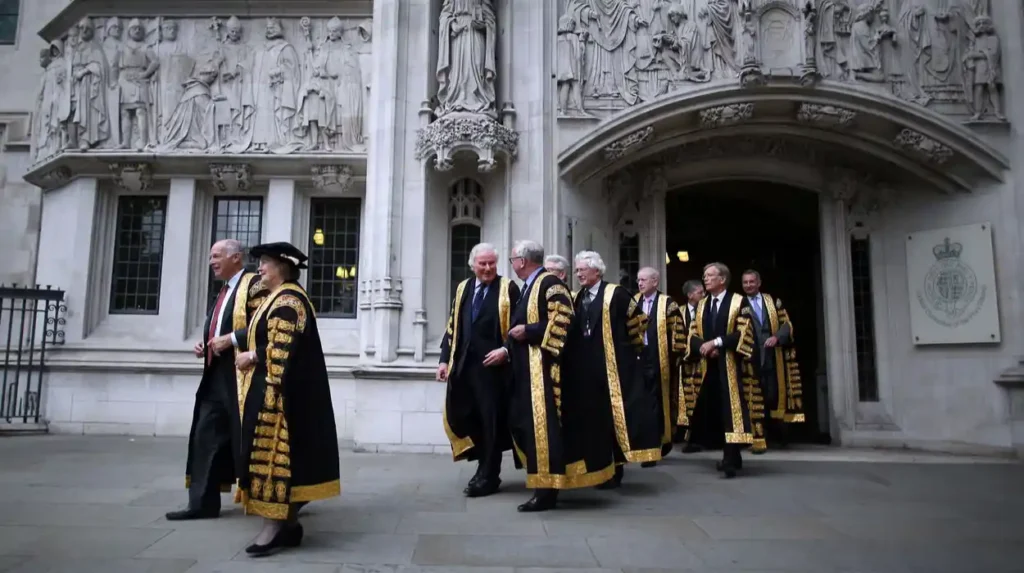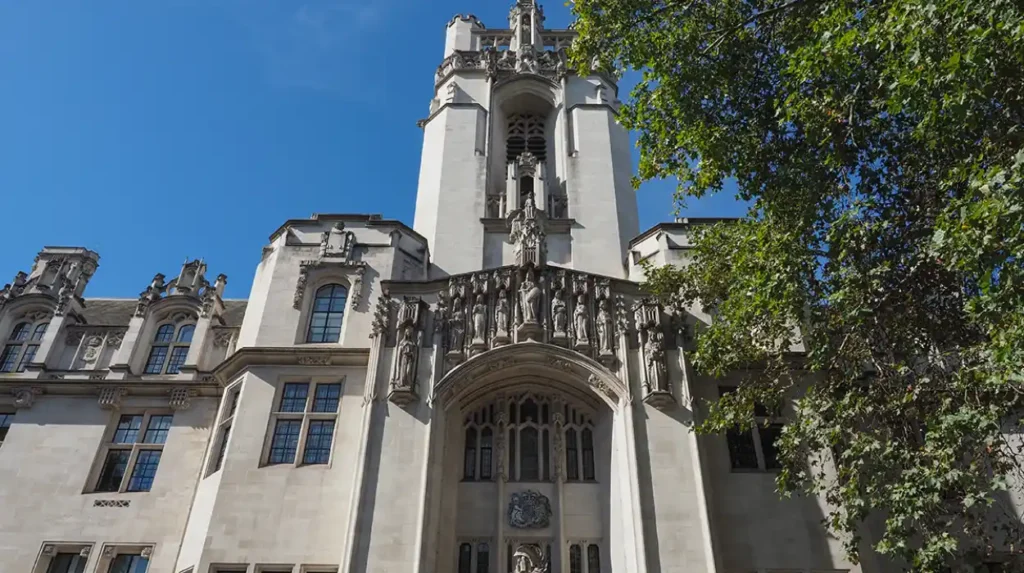This is the year 2005, the year of the Constitutional Reform Act (CRA). In that legislation, everything is contained in a British constitutional context today because the CRA would reform the relationship existing between the judiciary and legislature, and tackle old issues regarding independence, transparency, and accountability concerning the political and legal architecture generally in the UK. Accordingly, the discussion of this article focuses on both the rationale for the CRA and the major changes it effected in the constitution of the United Kingdom.
Why was the CRA 2005 Introduced?
The Constitutional Reform Act (CRA) 2005 was introduced to modernize the constitutional & institutional framework of the UK and strengthen the separation of powers. Prior to the Act, the Lord Chancellor occupied a unique position, holding a range of positions in the legislative, executive, and judicial branches of government.
Having all of these positions and powers together raised questions about impartiality and independence. The CRA created a more functional separation of powers by reforming the office of Lord Chancellor, creating the Supreme Court to replace the Appellate Committee of the House of Lords, and creating the Judicial Appointments Commission to make the application and appointment of judges more transparent and fair. The act was intended to improve accountability, independence, and public confidence in the justice system.

Fulfilling International Obligations
Another major motivation for the passage of the CRA was the UK’s obligations under world organizations and treaties on the promotion of human rights, including the European Convention on Human Rights. Article of the Convention, which establishes the right to a fair trial and a trial before an independent tribunal, had in mind the framers of the Human Rights Act. There were legitimate concerns that the pre-2005 system may violate the commitments in the Convention, and the courts were thought to not be totally free from the government and Parliament.
Responding to Public Worries
The Act also reflected the public will for more openness and accountability in government. Conventional constitutional systems were more and more viewed as obsolete and unreflective of contemporary democratic practice. The Act changed important institutions so that public confidence in the impartiality of the legal system could be enhanced.
Clarifying the Role of the Lord Chancellor
Historically, the role of Lord Chancellor was rather unusual and contradictory because it included the president of the House of Lords, a post in the Cabinet, and the head of the judiciary. Such concentration of power in one individual was more and more seen as counter to democratic standards. In an attempt to clearly define the responsibilities of the judiciary, legislature, and executive, the 2005 Act aimed to clarify and limit these powers.
Key Changes Introduced by the Constitutional Reform Act 2005
The Supreme Court
The founding of the Supreme Court of the United Kingdom (UKSC) in 2009, which replaced the Appellate Committee of the House of Lords as the court of last resort, was among the most well-publicized reforms. The line between Parliament and the courts was blurred by the House of Lords’ Appellate Committee. By setting up an independent body restricted only to the execution of judicial responsibility, the Supreme Court set itself apart from Parliament.
Reforms of the Lord Chancellor’s Responsibilities
The act significantly reduced the authority of the Lord Chancellor, who served as a political Cabinet member rather than the chief of the judiciary. Taking over most of the Lord Chancellor’s judicial responsibilities, the Lord Chief Justice became head of the judiciary in England and Wales. The changes to the powers of the Lord Chancellor and the establishment of the Supreme Court set up a more efficient and open division of powers.

Judicial Appointments Commission
For the purpose of taking judges’ selection out of political bias, the Act created the Judicial Appointments Commission (JAC). The Southern African Judicial Appointments Commission is an independent organization that supervises the recruitment of judges based solely on merit and not on favoritism. The intention of the JAC is to maintain transparency, fairness, and equality in the judicial appointments for creating public trust in that system.
Separation of the Law Lords from Parliament
The act disencumbered the elements of lawmaking and judging from the same person or body of persons. Basically, the Law Lords step down from their role in the House of Lords and solemnly become Justices of the Supreme Court. This best shows that lawmakers should not interpret the law, thus enhancing impartiality.
Limitations of the Constitutional Reform Act 2005
The following are limitations of the Constitutional Reform Act 2005:
- Concerns Regarding Judicial Appointments: Although the Judicial Appointments Commission has increased transparency in appointments, critics say it may now tend to lessen political influence and cause injustices to be missed in between experienced political and legal persons prior to reaching the judges, as this could threaten engagement otherwise have the richer experience and perspectives that could possibly be brought to the appointment process.
- Role of the Lord Chancellor: Some critics have said that the reforms have made the office of Lord Chancellor much weaker than before. The purpose of the office within the institution was to ensure a connection between the judiciary and government in order to protect judicial independence. Critics claim that an important constitutional safeguard was lost when certain aspects were abolished.
- Incremental Modification as Distinct from Radical Change: Significant as the Act’s reform was, it had not attempted to clarify all constitutional ambiguities arising from the peculiarity of a system like that of the UK. Some would regard it as incremental change but not quite radical enough to address the problem of modern constitutionalism.

Why the Constitutional Reform Act 2005 Matters
The Constitutional Reform Act 2005 was introduced to improve judicial independence and transparency so that the UK’s constitutional arrangements could better reflect contemporary democratic ideals. Through the establishment of the Judicial Appointments Commission, the Supreme Court, and a modification of the Lord Chancellor’s duties, the act brought about significant reforms to the structure of government.
The act was a vital move to modernizing the UK constitution, despite some criticism. The act reaffirmed the UK’s commitment to the rule of law and its international human rights commitments, explained the function of the division of powers, and increased public trust in the legal system. In the end, the Act marks a significant step in the ongoing evolution of the British constitution’s framework.


